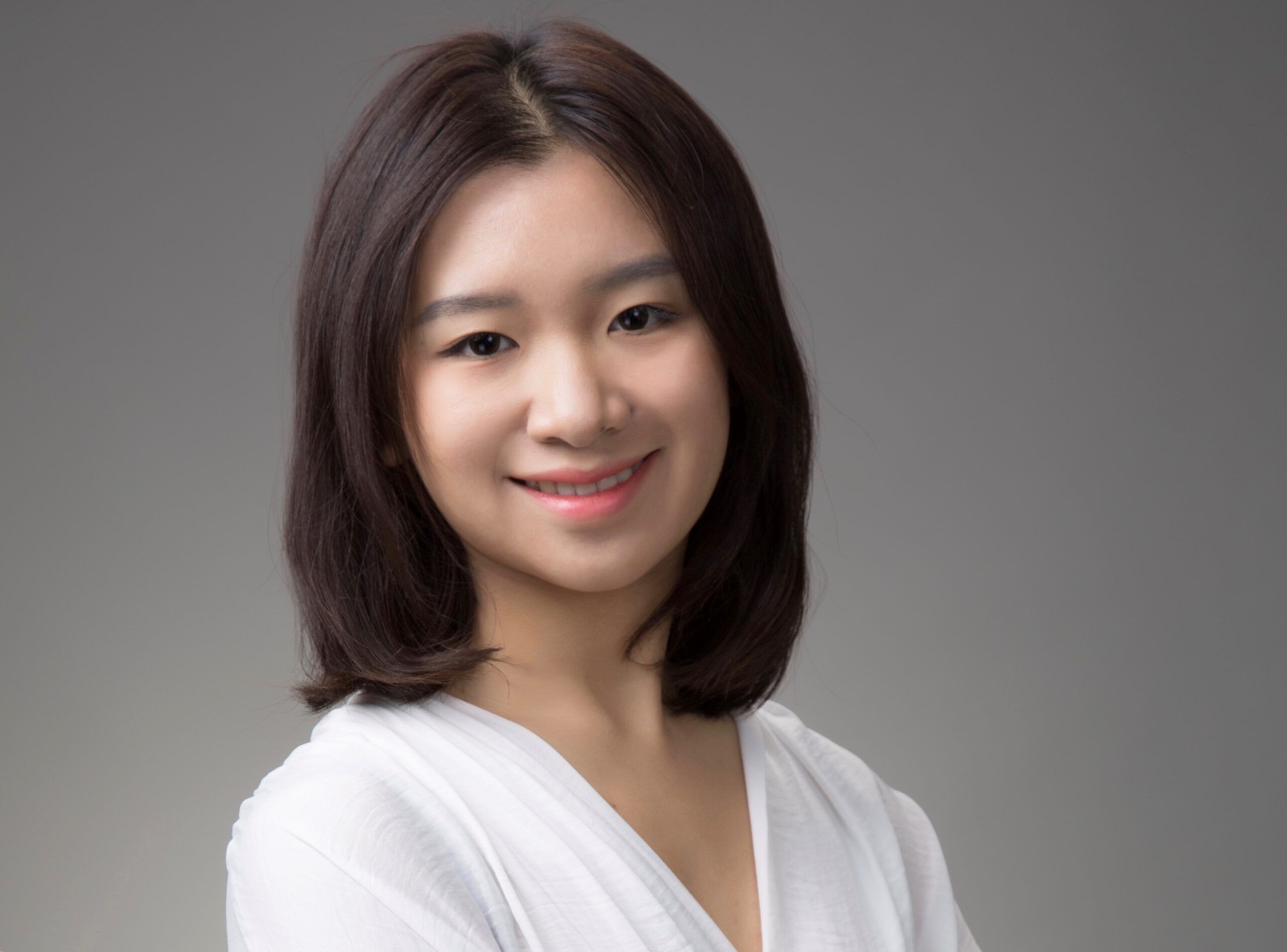
There can be few tougher jobs this year than being a portfolio manager for a Chinese growth fund. In addition to the investor rotation from growth stocks to value stocks witnessed globally, China’s stock market has been battered by a series of macroeconomic and geopolitical headwinds.
Such has been the extent of the difficulties that investors have abandoned Chinese stocks in droves. According to the most recent data from MSCI, its China index is currently trading at a price-to-forward earnings ratio of 11.78x versus 21.43x for its Indian equivalent.
However, there are signs that the tide is now beginning to turn. Last month, regulators unveiled a 16-point plan to rescue the country’s beleaguered property sector. This included allowing developers’ outstanding bank loans and trust borrowings due within the next six months to be extended for a year.
Although some market observers have argued that the reforms did not go far enough, they at least represent the first serious regulatory intervention in the sector since property developer Evergrande Group defaulted on its offshore bonds more than a year ago.
Equally, there have been signs of a thawing in relations between China and the US following the meeting between US President Joe Biden and China President Xi Jinping at the sidelines of the G20 summit in Bali, Indonesia last month.
Only last week, the US Public Company Accounting Oversight Board said it had received the go-ahead to inspect the audit work of Chinese companies listed in the US, ending an impasse that threatened to see Alibaba Group Holding and others delisted from US stock exchanges.
The biggest sea change however has been the relaxation of China’s strict zero-Covid policy, which has led to a rally in Chinese stocks both on the mainland and in Hong Kong and a series of broker upgrades, notably from Morgan Stanley as the US investment bank upgraded its outlook on China to overweight this month for the first time in nearly two years.
Against this backdrop, Chloe Qu, senior manager research analyst for Morningstar China, based in Shenzhen, selected the E Fund Kexiang fund and the Franklin Sealand China Prospect Fund A CNY fund for this week’s head-to-head.
| E Fund Management | Franklin Templeton | |
| Size | Rmb6.6bn | Rmb2.5bn |
| Inception | 2008 | 2007 |
| Managers | Hao Chen | Li Rong Xu |
| Three-year cumulative return | n/a | n/a |
| Three-year annualised return | 20.15% | 19.86% |
| Three-year annualised alpha | 19.65 | 15.11 |
| Three-year annualised volatility | n/a | n/a |
| Three-year information ratio | n/a | n/a |
| Morningstar star rating | n/a | n/a |
| Morningstar analyst rating | n/a | n/a |
| FE Crown fund rating | n/a | n/a |
| OCF (retail share class) | n/a | n/a |
Investment approach
Both funds have quite different investor processes. The E Fund Kexiang fund begins with the portfolio manager identifying either high growth or long-term secular growth sectors based on macroeconomic and political factors.
The portfolio manager, Hao Chen, then chooses which securities to invest in based on a number of factors including companies with rapid earnings growth and management teams with strong execution capabilities.
Generally speaking, the fund has a bias towards smaller companies and it is also well-diversified with 70-100 names, while the top 10 holdings generally make up less than 45% of the portfolio.
“That said, Chen is not afraid to take big sector bets and his portfolio can be concentrated in certain secular growth sectors, such as information technology,” said Qu.
Meanwhile, the investment process for the Franklin Sealand China Prospect fund is primarily bottom-up focused.
“The portfolio looks consistent with Xu’s process and tilts towards growth sectors. It also has higher ROE and ROIC than its benchmark CSI 300 index,”
Chloe Qu, senior manager research analyst, Morningstar China
At the industry level, the portfolio manager, Li Rong Xu, seeks out industries with high and sustainable long-term growth potential and at the company level looks for companies that have financial strength and strong execution capabilities. Xu also looks to purchase stocks below their intrinsic value.
Xu then constructs a portfolio of 30-40 names and caps the sector and stock exposures at 30% and 7% respectively. The top 10 holdings typically make up half of the fund’s overall assets.
“The portfolio looks consistent with Xu’s process and tilts towards growth sectors. It also has higher ROE and ROIC than its benchmark CSI 300 index,” said Qu.
Fund characteristics
Sector allocation:
| E Fund Management | Franklin Templeton | ||
| Basic materials | 17.13% | Basic materials | 7.73% |
| Consumer cyclical | 5.29% | Consumer cyclical | 6.16% |
| Real Estate | 1.39% | Financial services | 18.42% |
| Energy | 0.03% | Industrials | 19.12% |
| Industrials | 18.79% | Technology | 25.85% |
| Technology | 21.17% | Consumer defensive | 10.88% |
| Consumer Defensive | 25.6% | Healthcare | 11.84% |
| Healthcare | 9% | ||
| Utilities | 1.6% |
Top 5 holdings:
| E Fund Management | Weighting | Franklin Templeton | Weighting |
| Kweichow Moutai Co | 9.06% | Suzhou Maxwell Technologies Co | 7.12% |
| Tianqi Lithium Industries | 8.03% | Maxscend Microelectronics Co | 5.98% |
| Wuliangye Yibin Co | 6.17% | Beijing Oriental Yuhong Waterproof Technology Co | 5.54% |
| CTS International Logistics Corp | 5.49% | LONGi Green Energy Technology Co | 5.53% |
| Ninestar Corporation Class | 5.47% | East Money Information Co | 5.47% |
Performance
Both funds typically do well when growth stocks rally but lag when more defensive and value stocks are in vogue. As a result, both funds did well in 2015, 2017, 2019 and 2020 but have struggled in 2016, 2018 and 2022.
Qu notes that both funds have held up well in this year’s bear market, although the Franklin Sealand China Prospect fund tends to fare better given its more diversified sector allocation. It recorded a year-to-date return of -13.72% compared with -18.62% for the E Fund Kexiang fund.
Unsurprisingly, the E Fund Kexiang fund is more volatile given its higher sector concentration and penchant for higher growth names.
“That said, investors are well compensated by the additional risk taken. E Fund Kexiang performed well on the risk-adjusted basis over the same time spans.”
Chloe Qu, senior manager research analyst, Morningstar China
“While Chen has successfully navigated the difficult market environment in 2022 and E Fund Kexinag has held up relatively well, its volatility (as measured by standard deviation) was still higher than both FS China Prospect and the CSI 300 index over 3-year, 5-year and 10-year periods ending 30 November 2022,” said Qu.
“That said, investors are well compensated by the additional risk taken. E Fund Kexiang performed well on the risk-adjusted basis over the same time spans.”
In terms of fees, China actively managed equity-heavy funds (those with more than 70% assets in equities in their normal running) do not see much fee differentiation. Both funds charge a management fee of 1.5% per annum and a custodian fee of 0.25%, which is in line with the standard fee structure and level for most China-domiciled actively managed equity-heavy funds.
Both funds had a same total expense ratio in 2021 at 1.76%. From peer relative perspective, both products are competitive in terms of price – the median and average total expense ratio for aggressive allocation large-cap growth peers were 1.79% and 1.87% respectively.
Discrete calendar year performance
| Fund/Sector | YTD | 2021 | 2020 | 2019 | 2018 |
| E Fund Management | -18.62% | 27.61% | 64.83% | 60.71% | -25.49% |
| Franklin Templeton | -13.72% | 15.3% | 64.3% | 52.02% | -18.16% |
Manager review
E Fund Kexiang’s Chen has 15 years’ investment experience and has been running the fund since 2014. He is backed by a dedicated team of six analyst with seven years’ average investment experience, while he can also leverage research support from E Fund’s research platform with more than 50 sector analysts.
Meanwhile, FS Fund Prospect’s Xu has 25 years’ investment experience and also began managing the fund in 2014. He is supported by a team of 13 sector analysts that boast eight years of investment experience on average.
“The manager’s workload is a potential concern for both funds. Chen currently runs seven mandates with similar investment strategy but slightly different investment universe, which collectively have an AUM of Rmb43bn as of 30 September 2022,” said Qu.
“On the other hand, Xu manages five mandates with a total AUM of Rmb6.2bn. Although we don’t have much concern on his investment workload, his increased managerial workload is worth watching – Xu has been appointed as Franklin Sealand’s deputy general manager in 2022 and he also serves as the team’s chief investment officer.”
Conclusion
Overall, Qu reckons both funds are worth looking at but it gives down to investors’ risk tolerance.
“Both funds benefit from a capable and long-tenured portfolio manager, ample research resources and a structured and consistently applied process. While we have strong conviction in both funds and they performed well on the risk-adjusted basis over the long term, E Fund is more suitable for investors with higher risk appetite given its higher volatility,” she said.

















